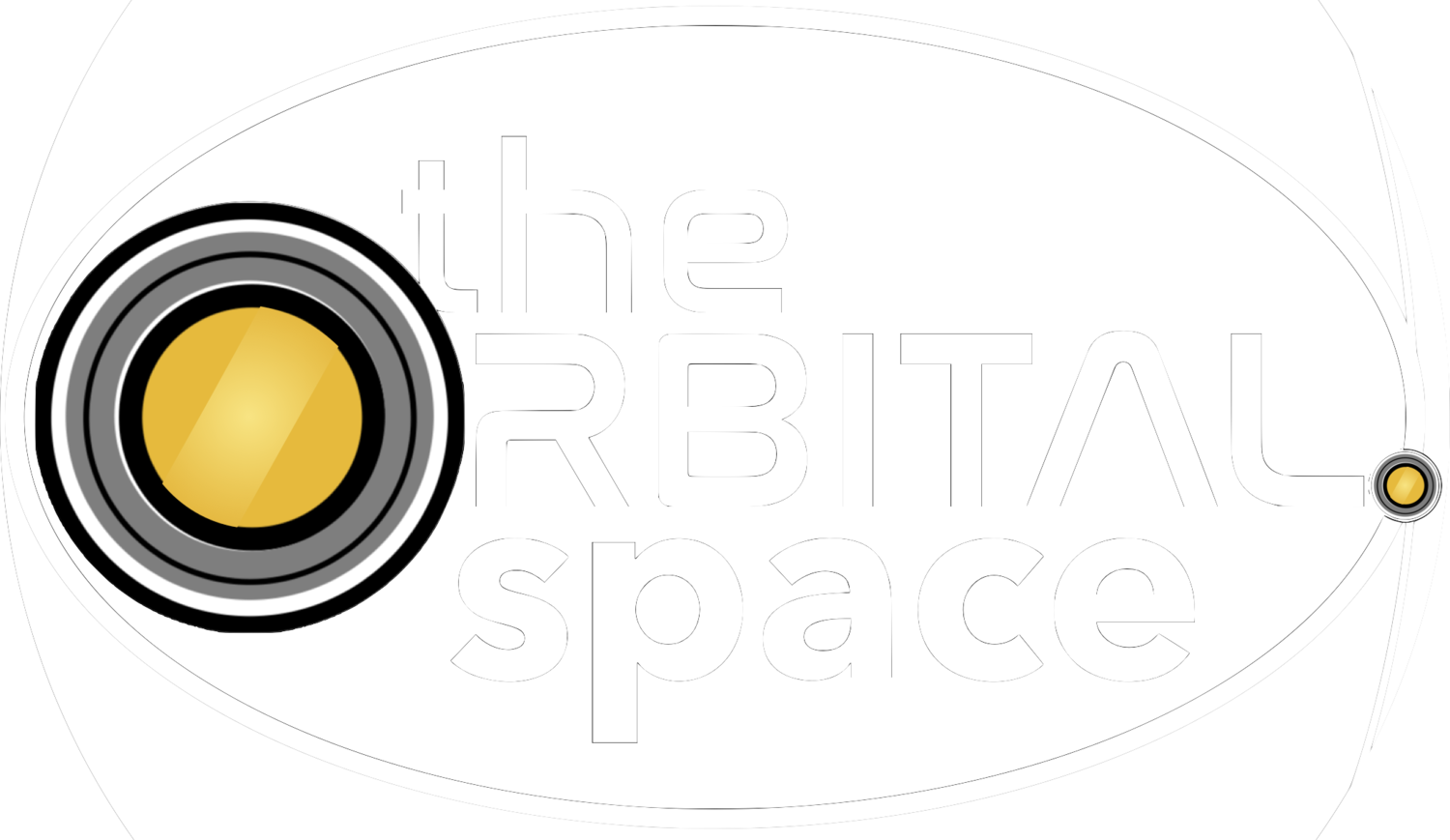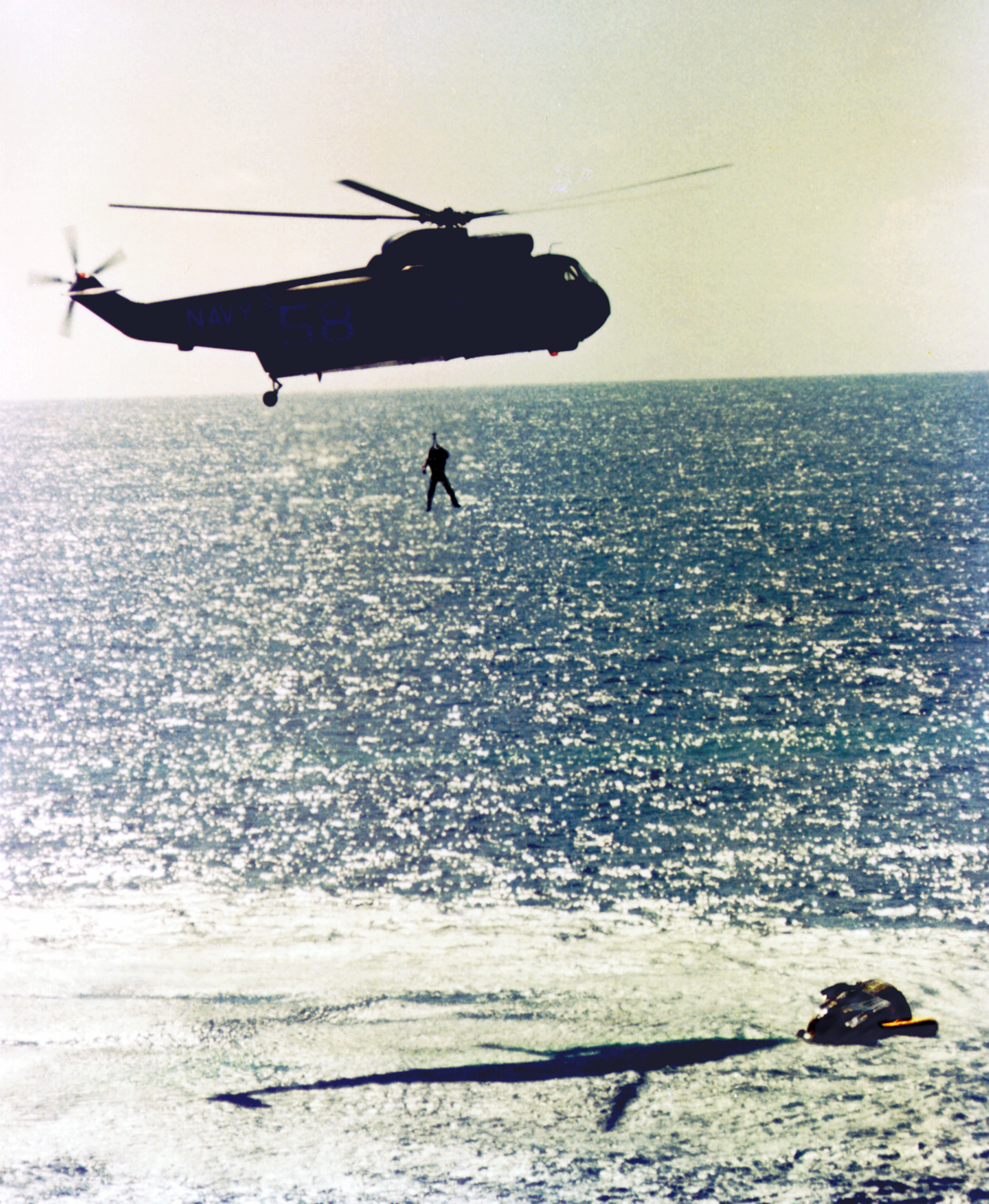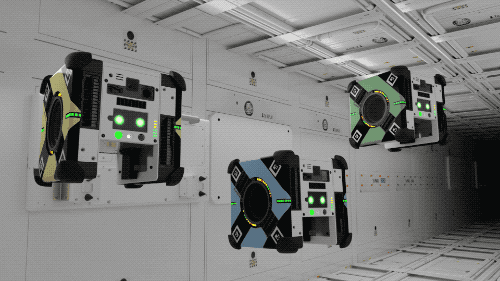Return to Gemini Program overview
Gemini V
THE TIME IT WOULD TAKE TO FLY TO THE MOON, LAND, AND RETURN,
Gemini V remained in orbit for eight days; doubling the previously held record for longest U.S. spaceflight held by Gemini IV.
The primary mission objective for Mercury veteran and Gemini V Commander, Gordon Cooper, along with his co-pilot and future moonwalker, Charles "Pete" Conrad, began a short 2 hours and 13 minutes into their flight when the two ejected an optical and electronic duplicate of the soon-to-be launched Agena target vehicle - the Radar Evaluation Pod (REP) - from the spacecraft.
However, a short circuit in the oxygen tank heater following the REP's deployment forced the crew to abandon the reflective sub-satellite. In lieu of a physical object with which to test Gemini's radar, an alternative objective was created that allowed to the crew to rendezvous with a "point in space" during the mission's third day. Devised by NASA astronaut, Buzz Aldrin, who had earned a PhD in orbital mechanics, this phantom rendezvous used the Orbit Attitude and Maneuvering System (OAMS) to adjust the spacecraft's apogee and phase, change planes, and perform a coelliptical maneuver.
Evaluating the effects of weightlessness
During their eight days in orbit, Cooper and Conrad were able to complete all but one of their seventeen planned experiments. Including the repetition of the experiments conducted on Gemini IV were six experiments for the Department of Defense, five scientific experiments, one engineering experiment, and five medical experiments.
Determining the effects of prolonged weightlessness on the human body was paramount in developing expectations and parameters for lunar missions and beyond. Post flight medical examinations measured changes in eyesight, red blood cell and plasma levels, muscle deterioration, bone demineralization, and the cardiovascular system.
Gordon Cooper is hoisted into a helicopter before being flown to recovery ship, USS Lake Champlain
190 hours, 27 minutes, and 43 seconds into their mission, astronauts Cooper and Conrad initiated Gemini's retrofire rockets over Hawaii, beginning their controlled reentry back to Earth. However, due to a computer programming error pertaining to the degree of the planet's rotation, the crew landed 130 kilometers short of their landing target in the Atlantic ocean.









